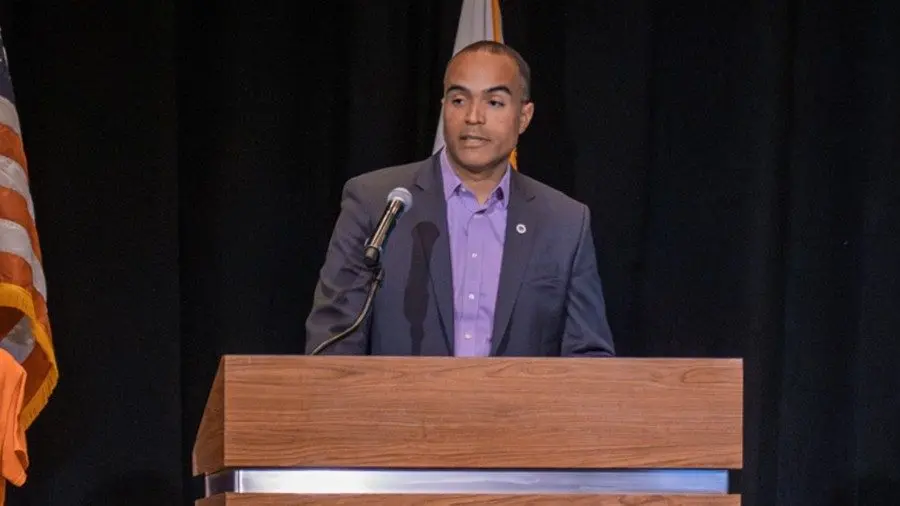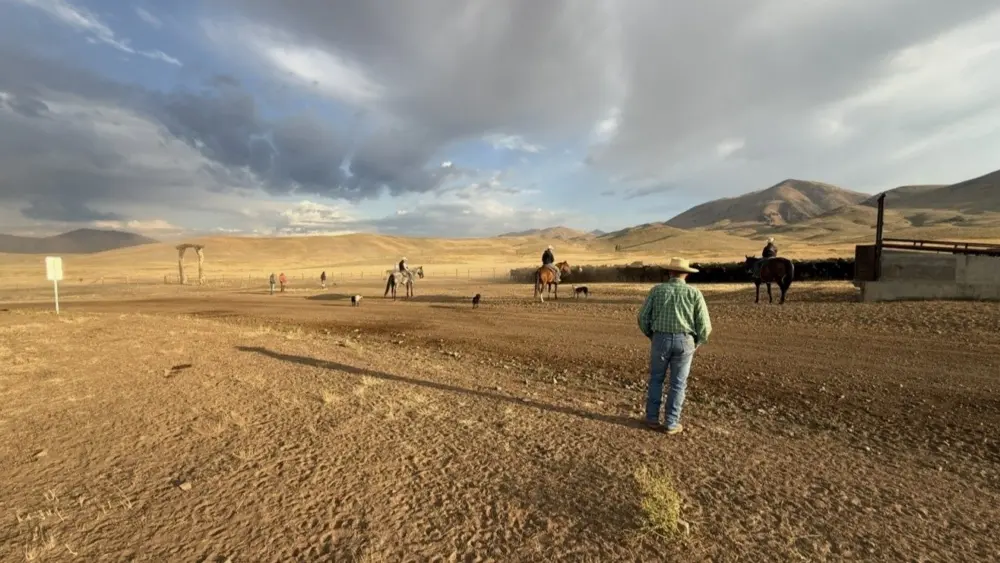Originally posted on IdahoEdNews.org.
BOISE, ID – Idaho climbed a dozen spots in national rankings for starting teacher pay last school year, reflecting a $145 million state investment in raises two years ago.
The National Education Association (NEA) last month released its annual K-12 spending state rankings, “Educator Pay in America.” The national teachers’ union ranks states annually based on starting teacher pay, average teacher salaries and per-student spending, among other metrics. The latest rankings use data from the 2023-24 school year.
Idaho ranked 24th in starting teacher pay, up 12 spots from 2022-23. And Idaho ranked 34th on average teacher salaries, climbing six spots. Idaho also ranked 47th for education support professional (ESP) earnings, a three-spot improvement.
But Idaho’s gains stopped at educator pay.
For the second consecutive year, the Gem State landed in last place for per-student spending — 51st among all states plus Washington, D.C. And Idaho continues to lag behind most neighboring states in all funding categories, including salaries.
Idaho in national rankings
Average teacher starting salary – $45,717.
- 2023-24 ranking – 24th.
- 2022-23 ranking – 38th.
Average teacher salary – $61,516.
- 2023-24 ranking – 34th.
- 2022-23 ranking – 40th.
Per-student spending – $9,942.
- 2023-24 ranking – 51st.
- 2022-23 ranking – 51st.
Average education support professional (ESP) earnings – $28,345.
- 2023-24 ranking – 47th.
- 2022-23 ranking – 50th.
Idaho jumps in pay rankings after 2023 raises
Idaho’s improvement in salary rankings came after Gov. Brad Little and the Legislature in 2023 invested $145 million in teacher raises, distributing an additional $6,359 in state funding per educator.
Every teacher didn’t get that much, because school districts and charter schools often pay teachers more than state funding supports. But average teacher pay — including state and local funding sources — went from $56,365 in 2022-23 to $61,516 in 2023-24.
The 9% increase led Idaho to climb six spots in the national rankings for average salaries. The state’s most significant improvement came in starting teacher pay, although Idaho still doesn’t rank in the top 10.
Joan Varsek, Little’s spokeswoman, said the latest rankings shouldn’t all be pegged on the 2023 raises. “The Governor’s Office attributes the teacher pay ranking improvements to multiple consecutive years of prioritizing teacher pay increases, not just one year,” she said by email.
But data shows that 2023’s state funding increase was an outlier. State funding for teacher salaries increased 17% after the 2023 raises, compared to a 3% increase the year before, according to a spreadsheet shared by the governor’s office.
The NEA rankings don’t account for more recent state investments in teacher pay, however. The governor’s office also pointed to a 3% increase in 2024-25 and another 5% hike heading into the 2025-26 school year.
Increasing teacher pay has been Little’s “top priority,” Varsek said, and he will continue to seek legislative support for it.
“He has proposed higher percentage pay increases for teachers compared to other state employees, and he has championed access to better health benefits for teachers and historic funding for literacy, facilities, discretionary funding, and other tools teachers need to best serve Idaho students and families.”
Idaho teachers’ union: Rankings reflect a snapshot of public school support
Idaho’s teachers’ union didn’t exactly celebrate the new rankings this week.
The gains reflect “a specific moment in time,” said Mike Journee, spokesman for the Idaho Education Association (IEA). At that time, he said, Little “recognized the critical need to support our dedicated educators” after the COVID-19 pandemic was difficult for teachers.
But the Legislature’s “anti-public education wing” grew its influence in last year’s primary election, Journee said. “They stopped the momentum Idaho was making for students and public schools and just completed the worst legislative session for public schools in modern memory.”
In a news release Thursday, IEA criticized this year’s tax cuts and investment in private school choice while the state ranks last in per-student spending. The Legislature passed and Little signed $253 million in income tax cuts, $50 million in sales tax relief and $50 million in tax credits for private school and home-school families.
“Those numbers are an infuriating example of just how easy it would be to fund Idaho’s public schools,” Chris Parri, IEA’s political director, said in a news release. “Idaho has the money.”
IEA didn’t mention that this year’s suite of tax relief bills also included an additional $50 million for a property tax relief fund that helps school districts pay down bonds and levies. Districts across the state are asking for about $224 million in new bonds and levies during next week’s election.
The Idaho School Boards Association declined to comment on the NEA rankings.
Idaho trails neighboring states on spending
While Idaho largely improved nationally in the latest NEA rankings, it still lags behind most neighboring states on K-12 spending.
Idaho surpassed Oregon on starting teacher pay last school year, but it continued to trail Oregon, Washington, Utah, Wyoming and Nevada on average salaries. Montana ranks last in the region in both categories.
Washington’s average teacher salary is more than $30,000 higher than Idaho’s. This makes teacher recruitment and retention “very difficult,” Journee said, particularly in North Idaho school districts that border Washington. Lawmakers’ attacks on public education and their “insistence on persecuting the culture war issues” also create a “hostile environment” for teacher recruitment and retention, Journee said.
The governor’s office partially addressed Idaho’s rankings compared to neighboring states. Varsek pointed to Idaho State Board of Education data that shows Idaho ranks second among neighboring states for “the pace of starting teacher pay increases.”
Since 2018, Idaho has increased starting teacher pay 4.74% each year, the data shows. Only Utah has increased starting pay at a higher average rate each year. “All other neighboring states lag behind Idaho in the rate of starting teacher pay investments achieved since Gov. Little took office,” Varsek said.
Idaho also has the lowest per-capita tax burden among neighboring states, Varsek said, pointing to a recent Tax Foundation analysis. Idaho’s per-capita tax burden is $5,173, the Tax Foundation found. The highest among neighboring state’s is Washington’s at $7,431.
“That also means teachers are keeping more of what they earn compared to other states,” Varsek said.
Idaho spending compared to neighboring states
Starting salary
3. Washington: $57,912.
5. Utah: $55,711.
12. Wyoming: $50,214.
20. Nevada: $47,355.
24. Idaho: $45,717.
33. Oregon: $44,446.
51. Montana: $35,674.
Average salary
4. Washington: $91,720.
11. Oregon: $77,130.
18. Utah: $69,161.
25. Nevada: $66,930.
28. Wyoming: $63,669.
34. Idaho: $61,516.
45. Montana: $57,556.
Per-student spending
11. Wyoming: $20,869.
14. Washington: $19,955.
23. Oregon: $16,760.
33. Montana: $14,480.
47. Nevada: $11,927.
50. Utah: $11,289.
51. Idaho: $9,942.
Average ESP earnings
10. Nevada: $39,327.
12. Washington: $38,609.
14. Utah: $37,437.
23. Oregon: $34,656.
25. Wyoming: $33,676.
30. Montana: $32,037.
47. Idaho: $28,345.





